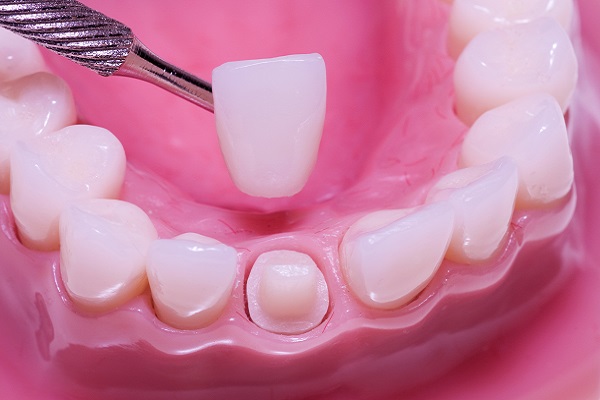4 FAQs About Orthodontics for Children

Orthodontics can be used to address developing problems with your child’s bite and to prevent future alignment issues. Children still have developing facial and jaw structures, and that makes straightening their teeth and correcting issues with their jaw alignment easier than when these structures have been fully formed as an adult.
The ideal time for starting treatment with orthodontics is around the ages of 9 to 14. Bringing a child to a dentist before they reach this age can help ensure that they can go through the rest of their life without having to deal with orthodontic issues.
Frequently asked questions about orthodontics for children
Generally speaking, the earlier that a child’s teeth and jaw alignments are evaluated by a dentist, the easier it is to correct any orthodontic issues. Here are the answers to frequently asked questions regarding getting teeth-straightening treatments for children.
1. What is the ideal age to bring a child in for orthodontic screening?
The American Association of Orthodontists recommends taking children to the dentist for orthodontic screening before they reach the age of 7. At this age, many of the child’s permanent teeth should have erupted, so their occlusion can be properly evaluated. There is no such thing as a child being too young for orthodontic screening. Parents who are concerned about their child’s teeth alignment at any age should take them to a dentist immediately.
2. Will a child’s teeth straighten out as they grow?
That typically does not happen. If anything, crooked teeth are likely to get worse as a child ages, since there will be less space on the jaw when more permanent teeth erupt. Over time, the patient’s teeth will likely become crowded as space becomes limited in the jaw.
3. What happens during an orthodontic evaluation for a child?
The process typically starts with the dentist consulting with the parent and child about any concerns they have. A visual examination will be performed to evaluate the severity of the child’s malocclusion. The dentist will likely use other tools as well, like X-rays, digital images, or an impression of the child’s teeth to get a better understanding of their bite issues.
The main questions that dentists attempt to answer during an orthodontic screening include:
- What are the issues affecting the alignment of the child’s teeth?
- How can the child’s bite issues be addressed?
- Do teeth need to be extracted to create more space on the patient’s jaw?
- How long will the child’s treatment last?
4. How often will my child need to see a dentist during treatment?
Children going through orthodontic treatments typically need to see a dentist once every four to eight weeks if their teeth are being straightened with braces. The frequency of these visits might be increased if the dentist determines that the patient needs closer monitoring.
Set up your child for success
Properly aligned teeth improve your child’s appearance and can help prevent or treat speech impediments, habits like teeth grinding, and jaw pain. Call or visit our Los Angeles to set up an orthodontics screening for your child.
Request an appointment here: https://sylmardentalandbraces.com or call Sylmar Dental & Braces at (818) 362-8333 for an appointment in our Los Angeles office.
Check out what others are saying about our dental services on Yelp: Orthodontics for Children in Los Angeles, CA.
Recent Posts
Usually, patients can expect a dental crown to last around five to 15 years. But the life of a dental crown might depend on how much wear and tear the restoration undergoes. Plus, avoiding habits like clenching the teeth or chewing hard objects is advisable. That can extend the life span of the crown. Keep…
Cosmetic dentistry aims to improve the aesthetics of your smile. It might involve treatments that improve how your teeth appear or treatments that alter the way gum tissues at the base of your teeth look.Cosmetic dentistry often combines various treatments to address all of the issues that negatively impact the appearance of the patient’s teeth.…
You might be interested in a consultation with a restorative dentist if you have a damaged or missing tooth. The dentist can restore and preserve your teeth, no matter how damaged they are, using contemporary procedures, including dental implants, veneers, and crowns. However, going to a dentist for a consultation might be frightening, so it…
Dental visits are an important component of a comprehensive oral health care routine. Whether your upcoming family dentist appointment is for a regular cleaning and checkup or a more involved procedure, there are a handful of things you can do in advance to prepare. The most important thing you can do for your dental appointment is…


